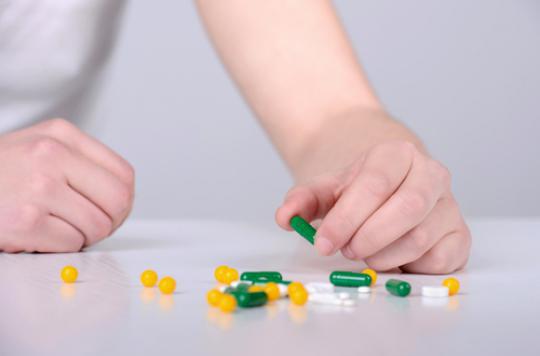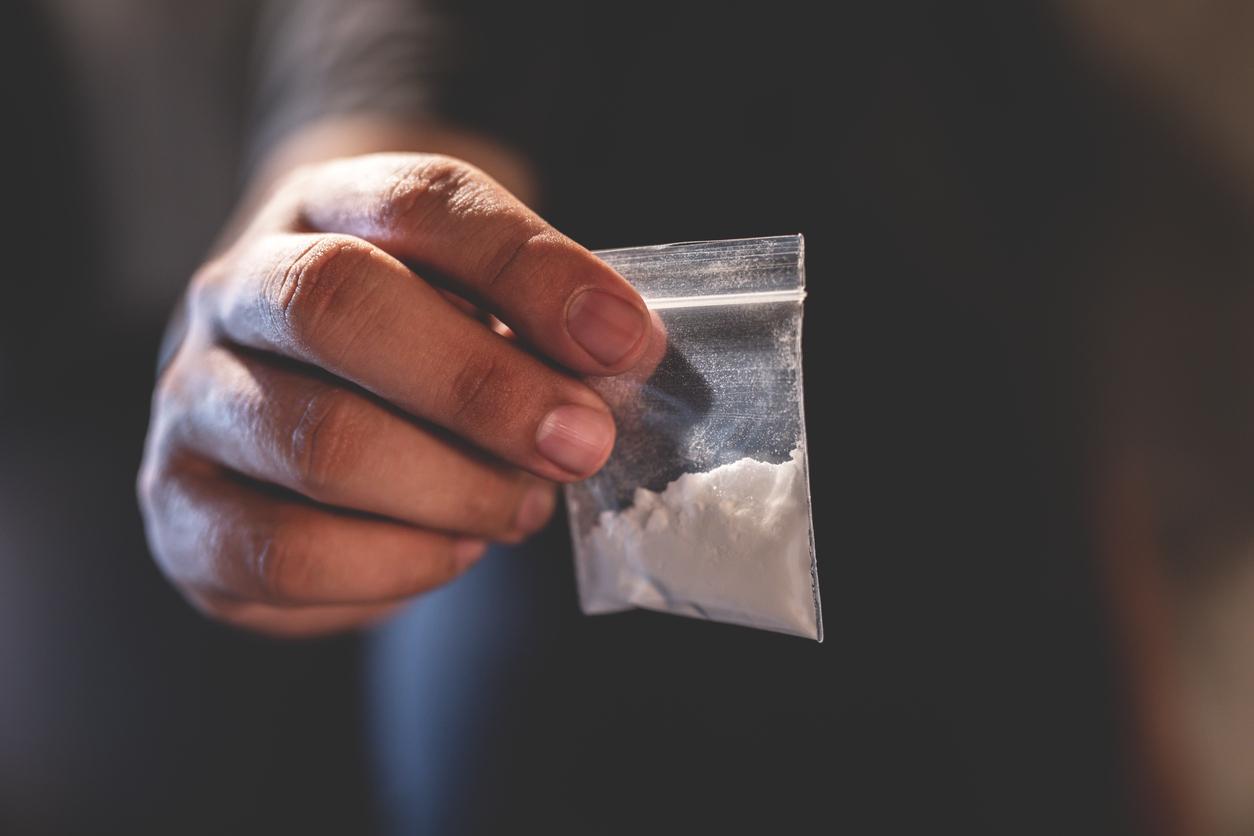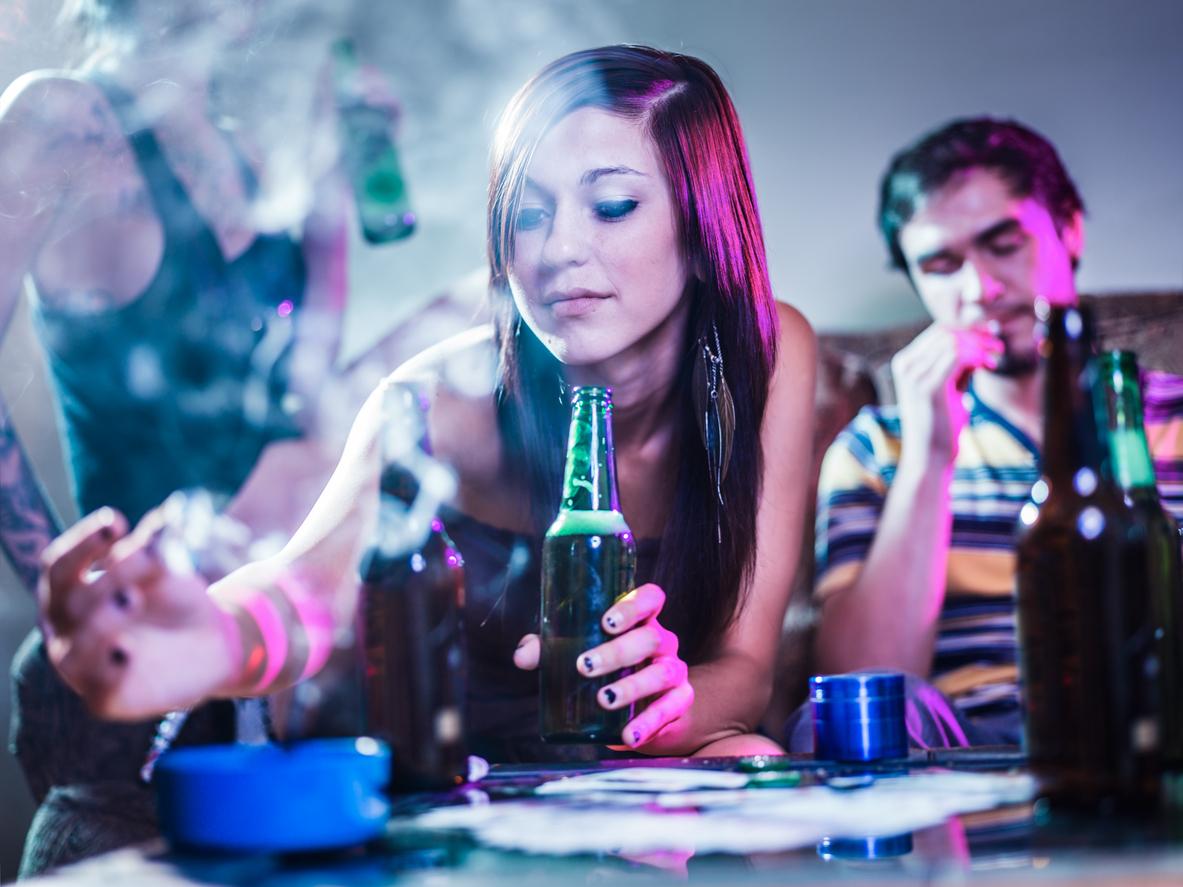The OFDT conducted a survey on young people who misuse psychotropic drugs, in order to better understand this practice.

The diversion of psychotropic drugs regularly makes the headlines; and yet, relatively little is known about this phenomenon. Based on this observation, the OFDT (French Observatory of Drugs and Drug Addiction) sought to probe the reality of this practice, its reasons, its uses. The results of his sociological survey are published in the latest issue of his journal Trends.
At 16, 19% have tested psychotropic drugs
The authors first recall certain data which may indeed suggest that misuse is taking hold in this population. Thus, in France, 19% of 16-year-old students say they have already taken anxiolytics or hypnotics during their life, all contexts combined (medical or non-therapeutic). At 17, this proportion rises to one in four young people.
“These psychotropic drug use practices deserve to be examined in the context of the massive distribution of drug products and the disturbance of the boundaries between their therapeutic functions and their mobilization in the context of recreational uses, doping practices or addictive behaviors. », Writes the OFDT.
To refine our knowledge of this practice, the OFDT, in partnership with the Center Émile Durkheim at the University of Bordeaux, conducted a survey based on the experience of 29 young people under 25 years of age who misuse drugs. psychotropic drugs.
Self-medication and experimentation
Regarding entry into consumption, the OFDT observes that drug diversion often occurs after a first medical prescription. “Young people go to their doctor to face a temporary difficulty of varying severity. They report anxiety and depressive disorders and generally questions of discomfort ”and are then prescribed psychotropic drugs. “From an ad hoc prescription, young patients slide towards forms of self-medication, then for some, towards more addictive practices”.
The misuse of psychotropic drugs can also occur in a general context of experimentation with substances, specifies the OFDT. “The misuse of psychotropic drugs is here an experience” drowned “among multiple product experiments”.
It should be noted that the adults in the entourage play an important role in these beginnings of consumption, “in the sense that the young people acquire, thanks to their environment, a familiarity with these drugs and their use in a large number of situations”.
Pleasure and stress
As for the motivations which push these young people to a misuse of psychotropic drugs, they are diverse. The OFDT identifies four main types of motivation: curiosity (willingness to test new experiences), the pursuit of pleasure, the fight against insomnia and stress and finally academic success (young people turn to psychotropic drugs in particular to strengthen their focus and ability to endure heavy workloads).
Some consumers divert psychotropic drugs in a logic of risk reduction, in the minds of young people. “Certain drugs allow them to curb the more or less intense consumption of other psychotropic products. This is the case with Marie. She uses drugs to get in the mood for the party without engaging in heavy drinking practices with the idea of obtaining the same effect.
To conclude, the OFDT portrays “an image of young people evolving in an environment saturated with drugs on the one hand and a young culture which normalizes the recreational use of substances, drugs included, on the other hand”.
.















